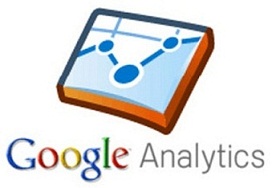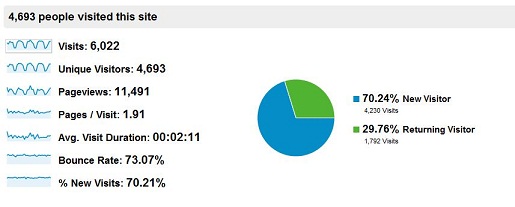To continue with my Social Media series (read the previous blog here BI and Social Media – A Powerful Combination Part 1: Google Analytics), today I would like to talk about the biggest social network of them all: Facebook. In this blog post, I will explain different alternatives I have recently researched to extract and use information from Facebook to perform social media analytics with SAP BusinessObjects’ report and dashboard tools. In terms of the amount of useful information we can extract to perform analytics, I personally think that Twitter can be as good or even better than Facebook, however, it has around 400 million less users. Facebook still stands as the social network with the most users around the world - 901million at this moment - making it a mandatory reference in terms of social media analytics.
Before we start talking about technical details, the first thing you should understand is that Facebook is strongly focused on user experience, entertainment applications, content sharing, among others. Therefore, the user activity is more dispersed and variable as opposed to the real-time orderly fashion that Twitter gives us, which is so useful when building trends and chronological analysis. Hence, be sure of what you are looking for, stay focused on your key indicators and make sure you are searching for something that is significant and measurable.
Relevant Facebook APIs for Analytical purposes
The APIs (Application Programming Interface) that Facebook provides are largely directed at the development of applications for social networking and user entertainment. However, there are several APIs that can provide relevant information to establish Key Indicators that can later be used to run reports. As Facebook’s developer page1 states: “ We feel the best API solutions will be holistic cross API solutions.” Among the API’s that you will find most useful (labeled by Facebook as Marketing APIs), I can highlight the Graph API, the Pages API, the Ads API and the Insights API. In any case, I encourage you to take a look at Facebook pages and guides for developers, it will be worth your time:
Marketing Developer Program
Marketing Developer Resources (with mentions of the APIs above)
Facebook Marketing Solutions: http://www.facebook.com/marketing
Third party applications to extract data from Facebook
I only found a few third party applications to extract data from Facebook’s API that were comprehensive enough to ensure reliable access to data. Below are some alternatives designed for this requirement:
GA Data Grabber: This application has a module for the Facebook APIs, which costs 500USD a year. As in the case of Google Analytics, it has key benefits such as ease-of-use and flexibility to make queries. It may also be integrated with some tools from SAP BusinessObjects such as WebIntelligence, Data Integrator or Xcelsius dashboards through LiveOffice.2
Custom Application Development: It is the most popular option, as I already mentioned in my previous post about Google Analytics. The Facebook APIs admit access from common programming languages, allowing to record the results of the queries in text files that can be loaded into a database or incorporated directly into various tools of SAP BusinessObjects.
Implementation of a Web Spider: If the information requirements are more focused on the user’s interactions with your client’s Facebook webpage or any of its related Facebook applications, this method may provide complementary information to that which is available in the APIs. The information obtained by the web spider can be stored in files or database for further integration with SAP BusinessObjects tools. Typically, web spiders are developed in a common programming language, although there are some cases where you can buy an application developed by third parties, as the case of Mozenda.3
Final Thought
As I have mentioned in my previous post, in the area of Social Media new applications and trends are appearing at a hectic pace, a lot of changes are expected to happen, so it is just a matter of time until we have more and better options available. I encourage you to stay curious on Social Media analytics and its most popular networks, because right now this is a growing gold mine of information.
If you have any questions or anything to add to help improve this post, please feel free to leave your comments.






